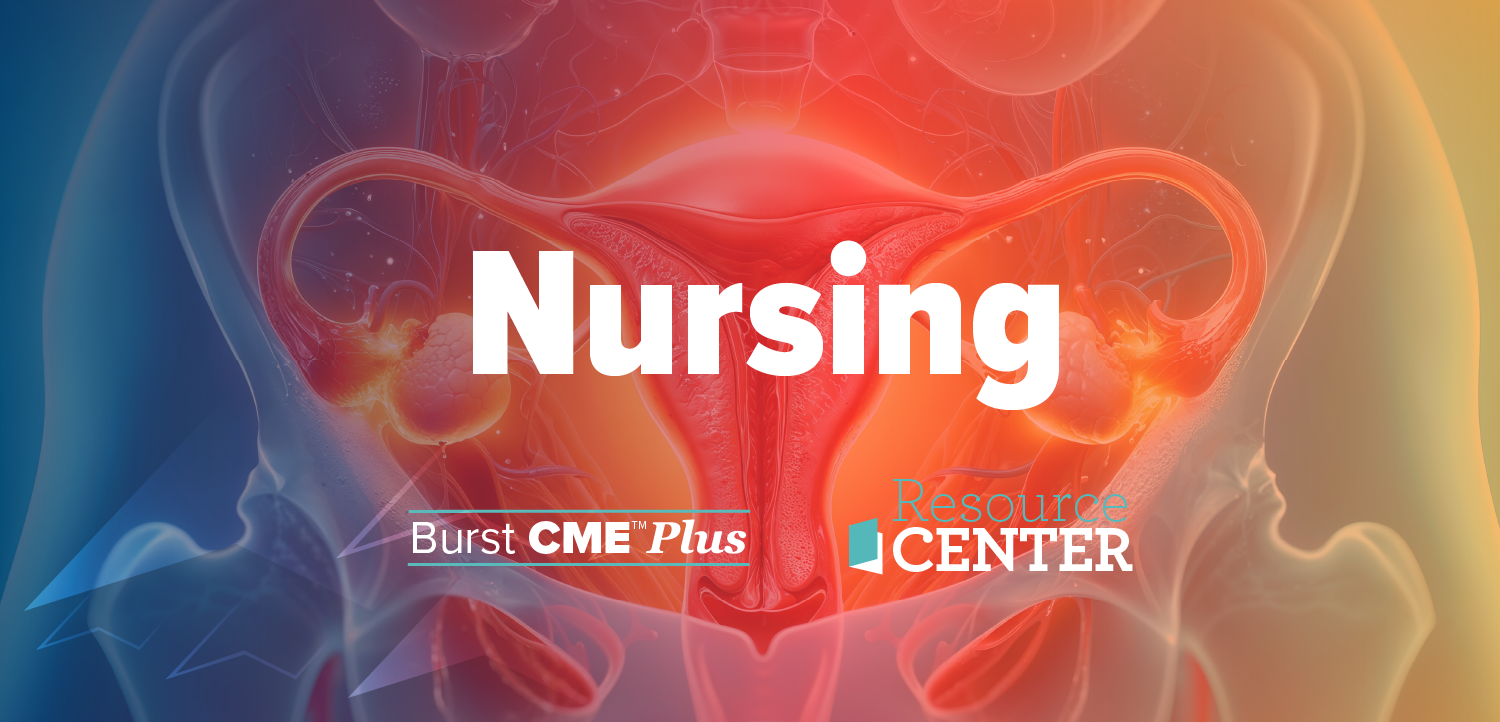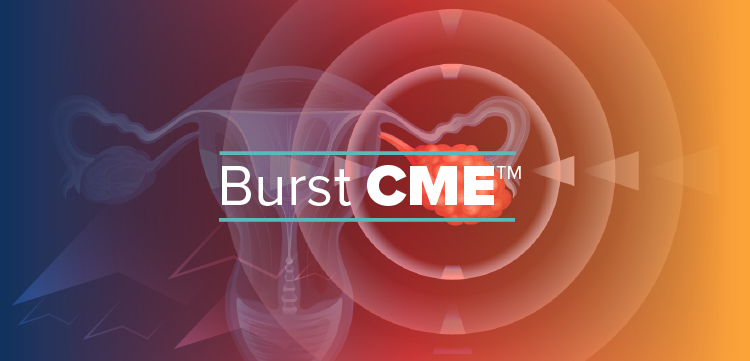Can mid-pregnancy cervical length predict C/S during term labor?
Yes, according to the results of a UK study involving over 27,000 primiparous women. The authors of the study found that women with a cervix measuring 40 to 67 mm at a median of 23 weeks’ gestation were almost twice as likely to require a cesarean delivery at term because of poor progress in labor as women with a mid-pregnancy cervical length measurement of 16 to 30 mm (odds ratio [OR] 1.81, 95% CI, 1.66–1.97). Adjusting for maternal age, bodymass index, smoking status, race or ethnic group, gestational age at birth, spontaneous or induced labor, birthweight percentile, and hospital of delivery still left these women more than one-and-a-half times more likely to require the surgery as the women with shorter cervices (OR 1.68, 95% CI, 1.53–1.84; P<0.001).
Yes, according to the results of a UK study involving over 27,000 primiparous women. The authors of the study found that women with a cervix measuring 40 to 67 mm at a median of 23 weeks’ gestation were almost twice as likely to require a cesarean delivery at term because of poor progress in labor as women with a mid-pregnancy cervical length measurement of 16 to 30 mm (odds ratio [OR] 1.81, 95% CI, 1.66–1.97). Adjusting for maternal age, bodymass index, smoking status, race or ethnic group, gestational age at birth, spontaneous or induced labor, birthweight percentile, and hospital of delivery still left these women more than one-and-a-half times more likely to require the surgery as the women with shorter cervices (OR 1.68, 95% CI, 1.53–1.84; P<0.001).
The authors calculated that 16% of women with a mid-pregnancy cervical length of 16 to 30 mm (the lowest quartile in the study) require a C/S, 18.4% of women with a cervical length of 31 to 35 mm (the second quartile) require the surgery, 21.7% of women with a cervical length of 36 to 39 mm (the third quartile) deliver surgically, and a full one-quarter (25.7%) of women with a mid-pregnancy cervical length of 40 to 67 mm (the fourth and highest quartile) require C/S.
The researchers suggest that the association between a long cervix mid-pregnancy and a C/S at term may be related to dysfunctional uterine development at earlier stages of the pregnancy.
Smith GC, Celik E, To M, et al. Cervical length at mid-pregnancy and the risk of primary cesarean delivery. N Engl J Med. 2008;358:1346-1353.
Newsletter
Get the latest clinical updates, case studies, and expert commentary in obstetric and gynecologic care. Sign up now to stay informed.











